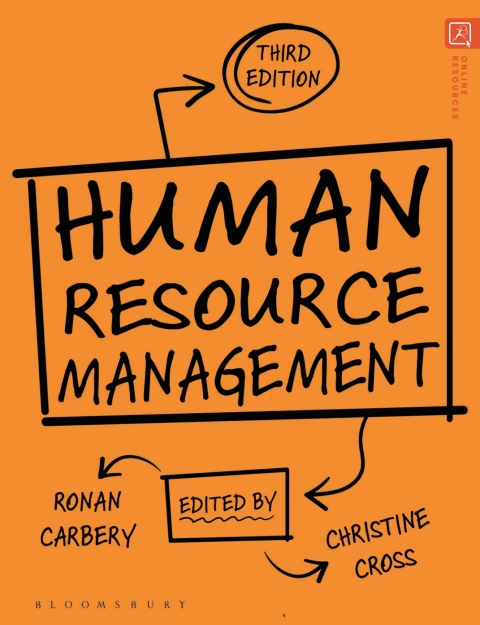Description
Efnisyfirlit
- Contents
- List of figures
- List of tables
- About the editors
- About the authors
- Preface and acknowledgements
- Tour of the book
- Skills development
- 1 Introducing human resource management
- Evolution of HRM
- HRM today
- Strategic HRM
- HRM in a business context
- Key characteristics of HRM
- HRM policies and practices
- Linking HR practices to organizational outcomes
- Structure and role of the HR function
- Theoretical basis of HRM
- 2 Corporate social responsibility, sustainability and HRM
- What is corporate social responsibility?
- Which CSR issues should firms address?
- The controversy over CSR
- Sustainable and green HRM
- The case against CSR
- A role for regulation?
- 3 Workforce planning and talent management
- Workforce planning
- The human resource planning cycle
- From workforce planning to talent management
- What exactly is talent management?
- Employee turnover and exit management
- 4 Talent acquisition
- Strategic recruitment and selection
- The recruitment process
- Shortlisting stage
- Making the selection decision
- Range of employee selection methods
- Employment legislation and the selection process
- Making the final selection decision
- Digitalization of recruitment and selection
- 5 Managing performance at work
- Enhancing performance through performance management
- Enhancing engagement through performance management
- Performance management schemes used in organizations
- The link between performance management and reward
- Performance management pitfalls
- Overcoming performance management pitfalls
- How to manage underperformance
- 6 Managing rewards
- Reward system objectives
- The reward package
- Pay secrecy
- Gender and ethnicity pay gaps
- Determining the relative value of jobs
- Internal alignment
- Environmental factors
- External comparisons
- Pay as a motivator
- 7 Learning and talent development
- Key concepts in learning and development
- How do people learn?
- Common models of learning and development in organizations
- Exploring the stages of the ADDIE model
- Talent development processes
- 8 Managing the employment relationship
- The nature of the employment relationship
- Theoretical perspectives
- Actors in the employment relationship
- Employment rights
- The Global Economic Crisis
- Precarious jobs
- Employee participation and voice
- Digitalization and the employment relationship
- The nature of conflict and its resolution
- 9 Equality, diversity and inclusion at work
- Key concepts: diversity and inclusion
- Challenges of a diverse workforce
- Inequality, exclusion and discrimination in the workplace and beyond
- Social and work inclusion
- Fostering inclusion and combatting inequality: the macro level
- The positive discrimination/positive action debates
- HRM, the workplace and inclusion
- 10 Managing careers
- What is a career?
- Traditional versus contemporary career perspectives
- Contemporary careers
- Graduate careers
- Responsibility for managing careers
- Career anchor theory
- Role of the HRM function
- 11 Employee well-being, health and safety at work
- Employee well-being
- Who are the key stakeholders?
- Why accidents occur
- Human factors and health and safety
- Well-being, health, safety and HRM
- Health and safety legislative considerations
- 12 The future of work
- Drivers of the future of work
- New ways of working
- How technology is changing work
- The division of labour: human–machine collaboration
- Future skills
- The need for job redesign
- Theory on the future of work
- Sustainable work futures
- 13 International human resource management
- International human resource management
- Globalization and IHRM
- Managing employees on international assignments
- Expatriate failure
- 14 People analytics
- Defining people analytics
- The role of people analytics in strategic organizational decision-making
- Uses of data in people analytics
- A people analytics project procedure
- Measurement and tools
- Evidence-based decision-making: analytics in tandem with interventions
- Index






Reviews
There are no reviews yet.